-
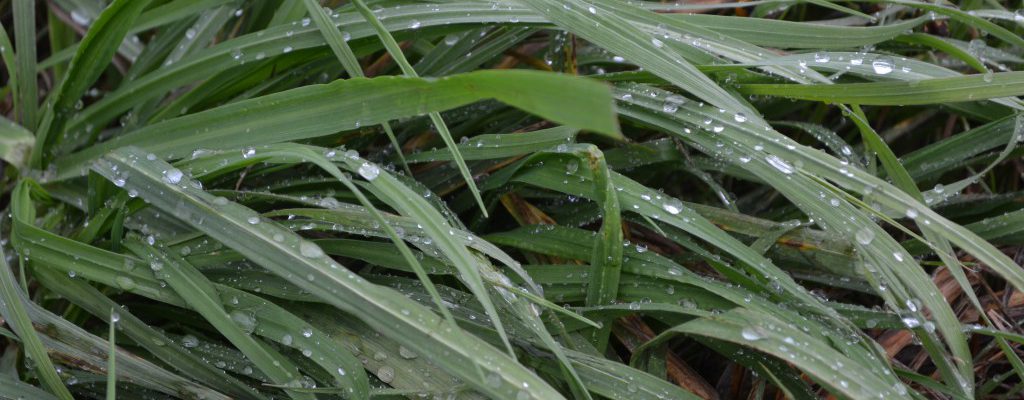
(Part I of this series article can be found in the March 2021 edition of the Forage Team Newsletter.) Conversion of toxic Kentucky-31 pastures and hayfields to a non-toxic, novel endophyte variety represents one of the most financially beneficial decisions available to livestock producers in areas where tall fescue is adapted. Research, over many years…
-
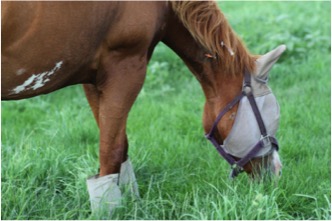
As a horse owner & County Extension Agent, I hope that you will find value in my mixture of “by the book recommendations” and personal experience. One thing I would like to encourage horse owners and trainers to do is engage with their local Extension Agent. Pasture management, it seems, has a different meaning for…
-

Baled silage, or “baleage,” is an excellent way for livestock producers to harvest, storage, and feed forage. Feeding baleage is much different than feeding hay due to the higher moisture content. This higher moisture content makes it much more susceptible to deterioration. Let’s discuss some ways to decrease waste during the feeding of your baleage.…
-
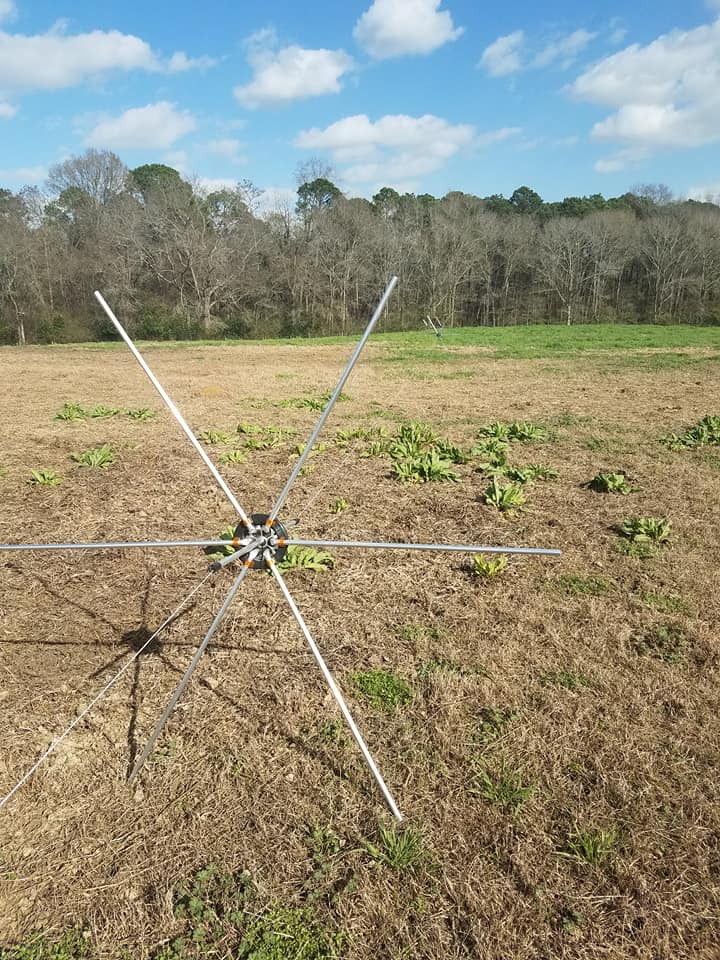
The fact that rotational grazing systems are a more efficient use of forages than continuous grazing should not be a novel idea. Years of research have proven that giving forages ample time to rest and recuperate between grazing times, produces more, higher quality yield. Installing a rotational grazing system is not quite as easy as…
-
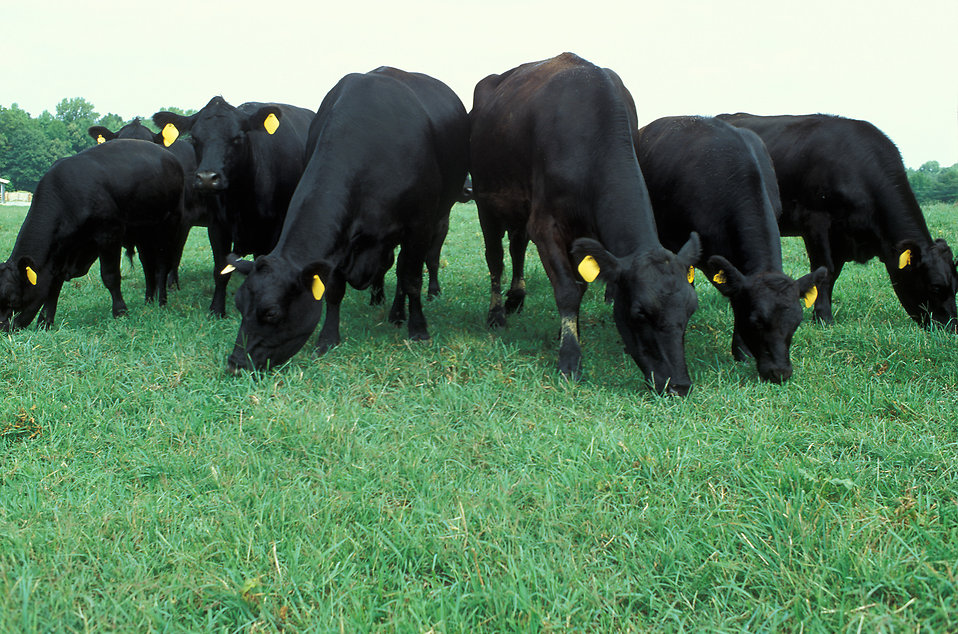
Are you looking to improve your grazing management system? The first step is to develop a grazing management plan! To better manage your grazing, you have to have goals. Our ultimate goals are to improve our efficiency, reduce pasture waste, conserve surplus forage, improve animal performance, and improve forage quality at its time of use.…
-

Every once in a while, I will get a comment or question about how to charge for hay. Growers need to know their cost of production to calculate the profitability of their operation. A production budget is a way to organize revenue, expenses and then calculate profit for the commodity that is being produced. If…
Posted in: Hay -

While bermudagrass and bahiagrass are great warm season perennials, warm season annual grasses work well in a forage system to offer high quality forage throughout the summer months. There are several warm season annuals on the market with sorghum x sudangrass and pearl millet being the most popular. In this article we will discuss grazing…
-

Masks, hand washing, social distancing, vaccines, quarantine; words that are excessively familiar this day and time. What do you think of when you hear these words? My first thought is health. You have now began checking your website because you supposedly pulled up UGA Extension’s Forage Team Newsletter, but don’t worry, you are in the…
-
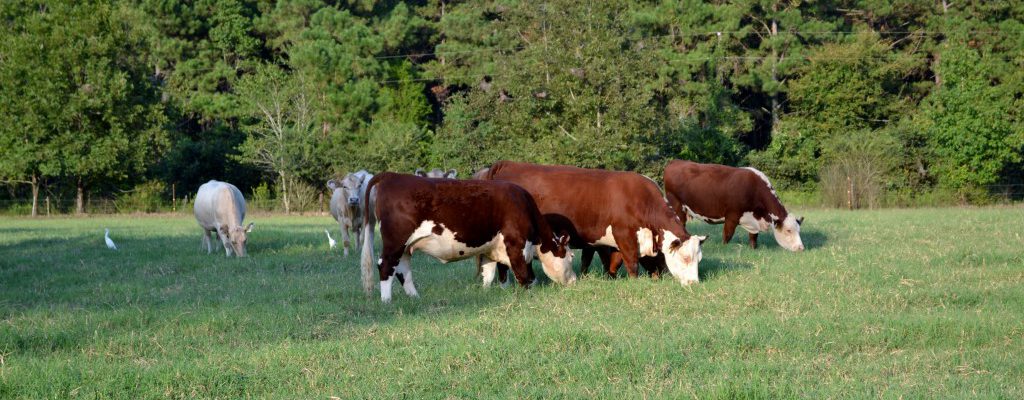
It seems like every summer I get calls from hay producers and cattlemen worried that a lack of timely rain or over-fertilization will cause their forage to be high in nitrates. Every winter I get calls from producers with dead cattle or late term abortions, that are worried that the hay they are feeding is…
-

Fertilization can be a significant portion of the cost of producing forages. According to UGA production budgets, fertilization can range from 30 to 60% of the total variable cost of producing various forages. So, taking a little time to strategically plan your fertilization program can hopefully save you money in the end. Steps that you…
Posted in: Fertilization